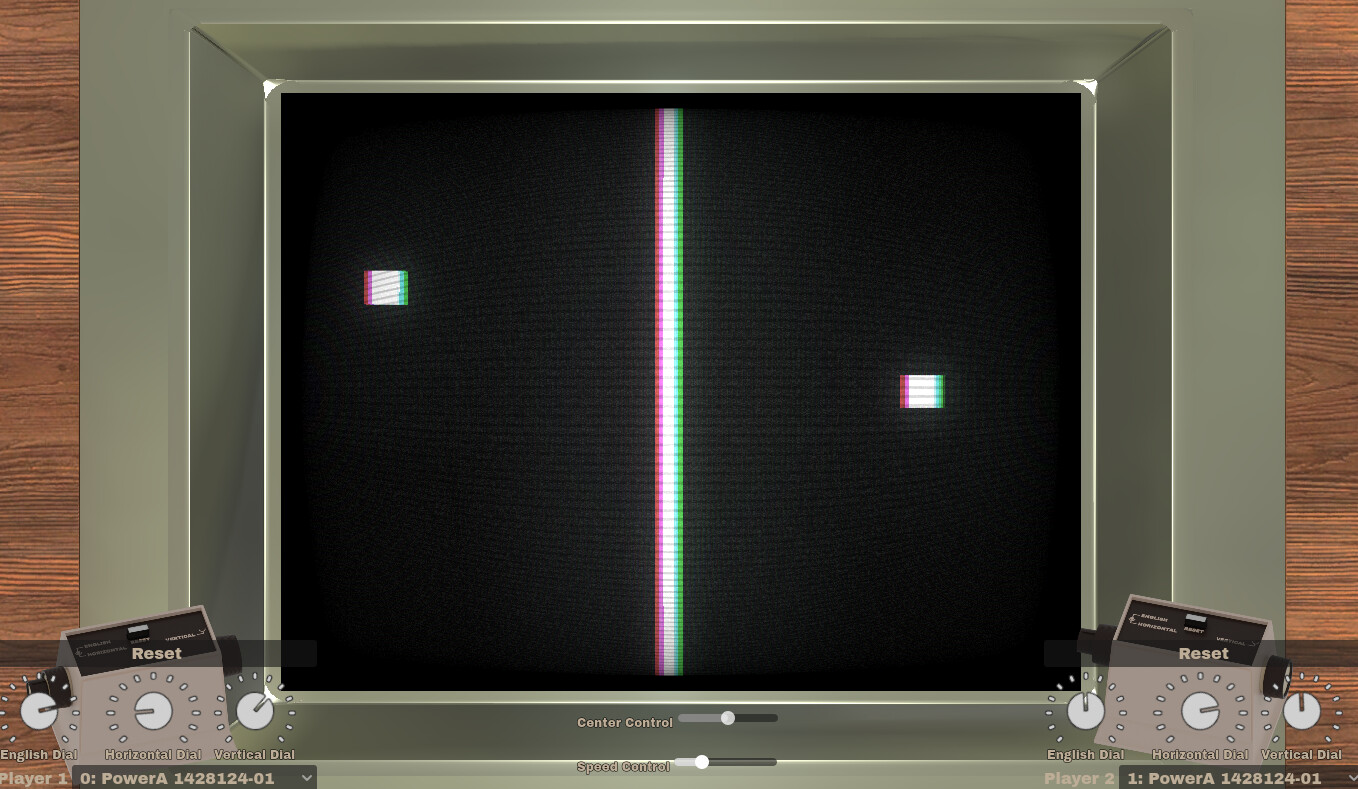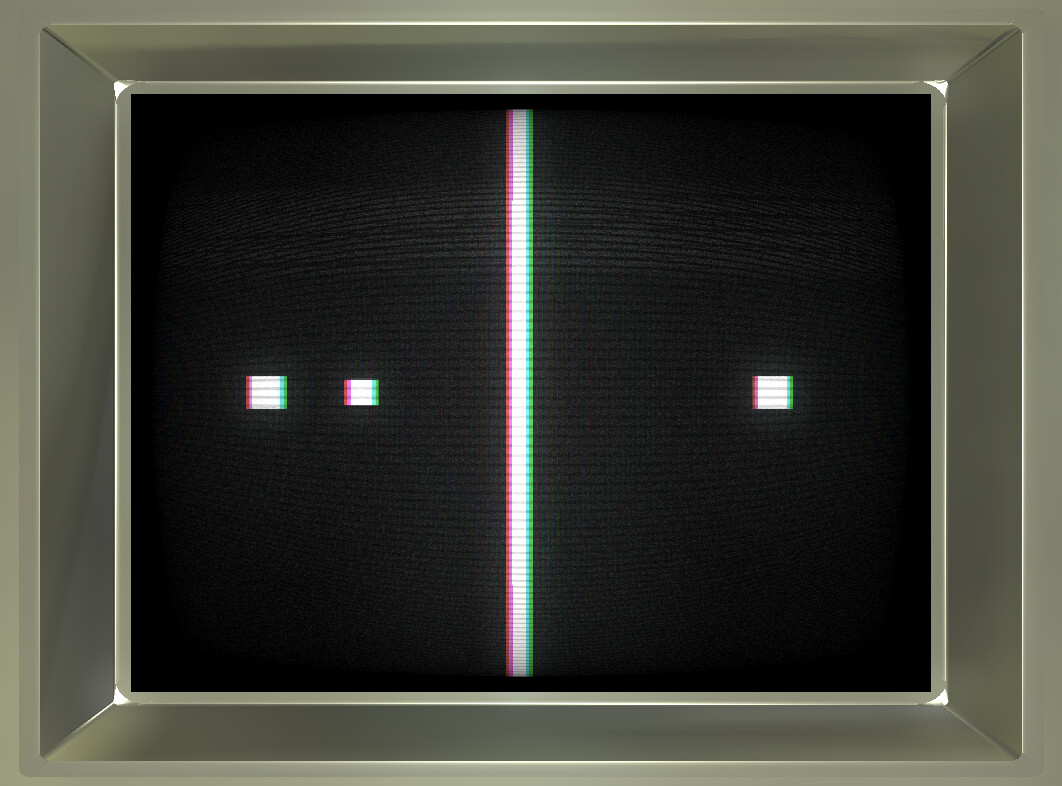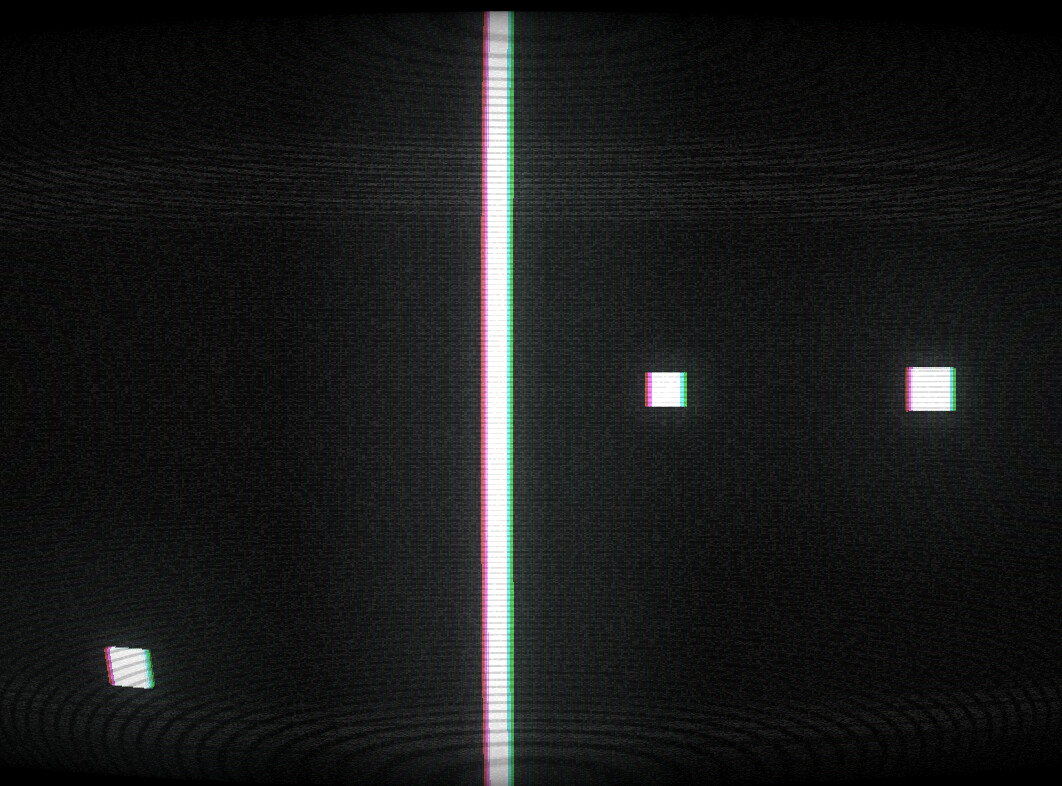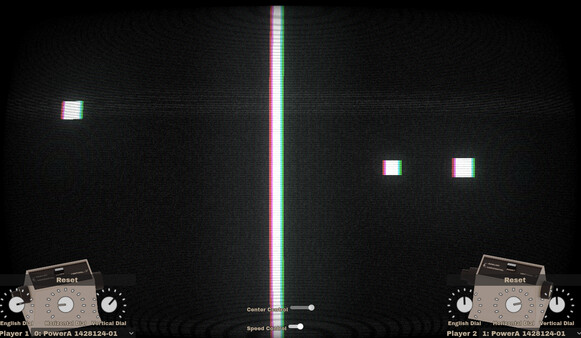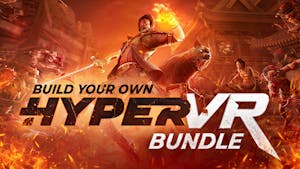Not only was it the first console but the Odyssey is also a unique piece of hardware. There is no CPU or memory to emulate. Instead the Odyssey is a collection of circuit boards, each controlling a key element of the system such as the ball, the wall and each player's dot. It is a very misunderstood system!
Now you can experience the wonder and strangeness of the Odyssey with Magnavody!
Magnavody is an open source simulator of the Magnavox Odyssey with a focus on accuracy, historical authenticity and fun. Magnavody is a homage to the games on the system in a modern package designed to be played on modern hardware. Your Steam purchase supports future development.
Magnavody has the following features:
- Emulates the system design of the Magnavox Odyssey (1972) - the unit controllers, cards, spot generators, gate matrix and flip-flops
- Magnavody Table Tennis - A homage to the original 1972 table tennis game
- Controller support designed to best simulate the strange and awkward dial controllers of the original
- Authentic 4:3 mode (see the games as they were originally presented)
- Optional enhanced widescreen (16:9) mode (see the games fill the screen as they were originally designed to do)
- Optional CRT overlays (add static, waves and other retro effects)
- Toggle on screen elements to choose your own level of immersion
- Two player support
- Some quality of life improvements such as "quick load" and "reset controllers" to make it easier to use.
With your support the intention is to progressively add more games to Magnavody (however your purchase is for Magnavody as is, there is no guarantee of future releases).
Magnvody is part game/part historical research project. Games for the Odyssey show a glimpse of a different type of console gaming experience, a world where video games mix with table top games, where the action is not just on the screen but in the room with the players. If you are a serious gamer or a game historian or a game developer, this project has a lot to offer.

Hi everyone,
The Odyssey doesn't have game cartridges but it does have something that looks similar, cards (sometimes called carts). One of the first "head-trips" when encountering the console is that these cards are not games but rather pluggable circuit boards that change the behaviour of the console and controllers. There are about 12 cards for the system and all the games use them.
Today's update brings Card 6 emulation to Magnavody. During development I uncovered a whole aspect to the console that I had not been aware of. The RESET button on each controller has TWO states: Pressed down and released. Up until Card 6 I was treating the RESET button as a single event, "pressed". That worked pretty well for the other cards and the games I knew about but for Card 6, holding down the RESET button is an important element of gameplay. It hides the player's spot. How cool is that? I'm aware of X-Men, the 1993 MegaDrive game that required players to press the reset button, but I'm not really aware of any of games and consoles where it was so happily integrated into the system.
Card 6 is used by classic games "Roulette" and "States". It is a pretty unique card. It hides the Player 1 spot, the wall and the ball. Only the Player 2 spot is on the screen. Holding RESET button hides the spot. Releasing the RESET button will "snap" the spot from off screen to the on screen location.
That's not the only update. The settings menu has been reworked to add more UI options, settings are now saved and there's some other small quality of life improvements.
Thanks for supporting Magnavody.
Regards,
Luke Miller
Changelog
- NEW CARD: Card 6 - No ball, no wall, no Player 1. Player 2 spot hides when reset button is held down and snaps when released.
- Add support for holding down reset button on controllers
- Add support for hiding player spots.
- Add support for snapping player spots from off-screen to their current location.
- Add new options in settings for hiding different on screen UI elements
- Update to Godot 4.3.x
- Change minimum ball speed to 0.01 (allowing it to be set to zero made the ball not move which might confuse newbies)

Hi everyone,
While I was making a retro game of my own last year, I went on a deep journey into retro gaming. I thought I knew all the main players -- from the Amiga, the PC, Nintendo, Atari, Sega -- but there were a few I had not heard of: The ZX Spectrum, a marvellous little machine from the early 1980s in the UK. The unbelievably cool Vectrex, a vertical vector-based console, also from the early 80s. And finally, the Magnavox Odyssey, the grand dame of all home video consoles, from 1972.
It's just been the most amazing voyage of discovery getting to know this console, its history and how it works. Its whole approach to game design -- that the electronic component is just one element of a larger physical game -- is so interesting to me. Hybrid games are a hot topic in game design TODAY. Table top games that have mobile apps or computer controlled pieces are popular at the moment, as is augmented reality and virtual reality (well...) ... but here we have a game console from 1972, the very first one, and hybrid games are a fundamental design feature.
Today Magnavody brings emulator support for Cards 1-5. That means that if you have the pieces for any game that uses Cards 1-5 (which is a lot of the original bundled games such as Ski or Haunted House), you can use Magnavody to play them.
Additionally Magnavody now has basic support for installing and simulating homebrew games. Yes, there is a small but interesting homebrew scene for Odyssey. Mostly short run printings of overlays and instructions. Many of the homebrew creators provide digital copies of the game pieces and when formatted correctly, Magnavody can use those digital copies to simulate the game. This is a very early implementation so I don't actually expect to see any homebrew on it soon. It requires the games to be bundled up correctly for Magnavody (in a zip file with a game.json). If you've made homebrew for Odyssey, let's get in touch!
You can see below Peacekeeper Command-O, a nifty homebrew game from 2018, running below:

Finally, this version reworks the gamepad inputs to solve a bad juddering problem. It also rebalances the keyboard and gamepad inputs to make gameplay feel better, although it is a delicate dance between making it feel good and trying to authentically recreate the weird dial behaviour of the original controllers!
Luke
Changes
- NEW CARD: Card 2 - No ball, no wall, just Player 1 and Player 2 with no collisions.
- NEW CARD: Card 4 - No ball, no wall, Player 2 spot hides on collision with Player 1 spot.
- NEW CARD: Card 5 - No wall. Ball hides on collision with Player 2 spot. Player 2 hides on collision with Ball spot.
- Add initial support for multiple overlays at once (eg for Peacekeeper Command-O).
- Add initial support for installing homebrew games from ZIP files.
- Update pin info for Cards 1, 3 and 5.
- Update lots of technical information in the documentation.
- Rebalance keyboard and gamepad inputs to make it feel better to play.
- Rework keyboard inputs to allow multiple keypresses simultaneously (allows diagonal movement).
- Rework gamepad input to fix any shuddering issues.
- Reduce controller sensitivity.

Hi everyone!
Now the foundation for Magnavody is in place after the last few updates, we're finally getting to the good stuff!
This version includes a big piece of what makes the Odyssey such an interesting puzzle -- overlays!
Odyssey can only draw four spots on screen -- two player blobs, a wall and a ball-type object. It can't render different sprites or colours like later consoles -- BUT did you know that Odyssey can achieve higher fidelity graphics and colours than any console from the next 20 years?!?
How did they do it? By the simple but genius idea of including plastic overlays with the console that players stuck to their TV screens. With these overlays Odyssey is able to deliver finely grained and colourful graphics at a high resolution. Of course it is extremely limited technically and the frame rate (how quickly you can peel and replace the overlay) is terrible! Arguably though, depending on the printing process used, the resolution is still superior to the latest 8k screens.
Today Magnavody adds support for digital overlays. In the game selection menu a player can now choose an overlay. An overlay comes in three version -- standard, widescreen and crumpled. If you look at real world examples of Odyssey the plastic overlays are usually bent or damaged and so I don't want you to miss out on that authentic experience! If you select a game and press "quick start" it will auto select the appropriate overlay for you.
Now we have the overlay functionally, it becomes practical to see more games on Magnavody! Today we add "Magnavody Tennis" which is a homage to the original 1972 Tennis game. Wait! Didn't we already ship with Tennis? No, we shipped with Table Tennis. An utterly completely different not-at-all-the-same game. Well, not that different. The main difference other than the cool overlay are the rules. Tennis uses a different scoring system (eg LOVE, 15, 30, 40).
These two games really highlight to me one of the really interesting things about Odyssey. Today we often conceptualise games as a self-contained artefact of graphics and rules and inputs in a bundle. And yet with Odyssey we get two completely different games even though they share identical circuitry. This is achieved simply by writing different rules for the players to follow. It's SO STRANGE to me as a game developer but I love it so much.
To get Tennis running this update also enables Card 2 emulation. Card 2 is similar to Card 1 except that it does not activate the wall spot.
There's so much I want to do with this open source "simemulator" and your support makes it happen!
Regards,
Luke
Add
- Add Card 2 support
- Add Tennis game
- Add support for overlays
- Add widescreen overlay support
- Add crumpled overlay support
- Add toggle for crumpled overlays
Change
- Update documentation
- Game quick start now selects an overlay if appropriate
- Quick selecting a game without an overlay clears overlay

Hi everyone!
Here's an update for Magnavody. More games is a priority for this project, followed closely by making it as "pick up and play" as possible, and this release is decent step forward. I'm serious about making something really authentic but also fun.
Today's update adds support for "Card 5". Odyssey is so unbelievably cool in the way its cards/cartridges work. Instead of containing game code, each card reconfigures the hardware to do different things.
The most widely understood is Card 1, which makes the Odyssey work like a basic "table tennis" game (we don't mention "pong" here thank-you).
Card 5 was used with three games: Submarine, Invasion and Wipeout.
With this update, Magnavody should be capable of playing those games (if you have the pieces). I'm still working on the best way to recreate the pieces and overlays digitally.
When plugged in, Card 5 has the following effects on Odyssey:
- Player 1 bounces the ball on collision
- Player 2 PRESET launches ball from the far right screen
- Player 2 and Ball collisions hides ball and Player 2
Additionally this update has a few quality-of-life improvements -- autodetects gamepads, rebalanced gamepad sensitivity, and fullscreen setting is now saved.
Regards,
Luke
PS Your support is making it happen.
Add
- support for Card 5
- ability to launch ball from sides of screen
- save settings
- load settings
- autodetect gamepads
Change
- gamepad controls made less sensitive
- set fullscreen toggle on launch
Minimum Setup
- OS: Ubuntu 20.04 (or similar dist)
- Processor: A recent processor from the last 8 yearsMemory: 4 GB RAM
- Memory: 4 GB RAM
- Graphics: A decent GPU from the last 8 years
[ 6487 ]
[ 2234 ]
[ 1974 ]

